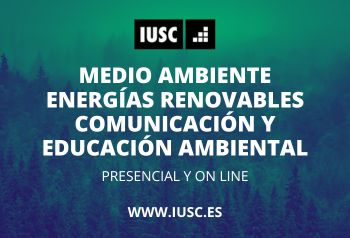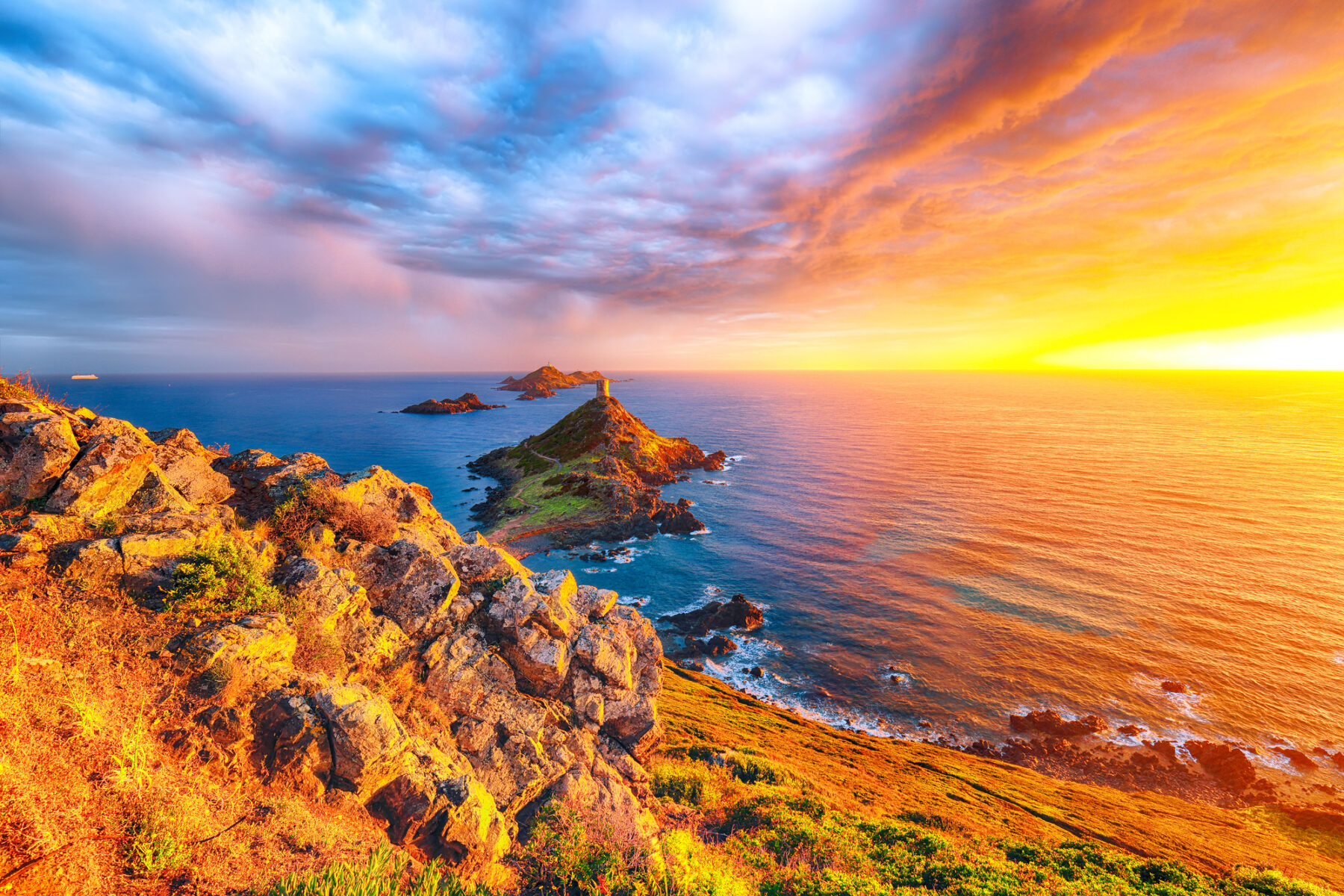Goal 3 of the Kunming Montreal Global Biodiversity Framework indicates that signatory countries are committed to this protect at least 30% of the planet’s lands and seas and that this must be done before the year 2030. This is one of the most talked about topics in the COP16.
COP16: 30×30 in 2030
One of the most urgent tasks to tackle the biodiversity crisis the planet is going through is to protect at least biodiversity 30% of land and continental, coastal and marine areasespecially areas of particular importance for biodiversity and ecosystem services. This must be done at the same time as working to effectively restore 30% of degraded ecosystems.
Exactly, those are the objectives of the objectives 2 and 3 of the Kunming Montreal Global Biodiversity Framework, which It was adopted at the Conference of the Parties (COP15) of the Convention on Biological Diversity (CBD) in 2022.
Objectives that, according to experts, will be among the most discussed during the COP16 negotiations take place in Cali, Colombia. In fact, restoration is such an important issue that the United Nations has declared the period 2021-2030 as the Restoration Decade.
“Goal 3 [proteger el 30 % de los ecosistemas marinos y costeros] It is the best known of this World Framework [Kunming Montreal]as happened on Aichi goal 11 [el anterior acuerdo global sobre biodiversidad] which achieved the protection of 17% of the land area and inland waters and 10% of the sea. Furthermore, goal 11 was the goal that came closest to being accomplished. We hope that the same will happen in this case of 30% protection,” explains Ana Di Pangracio, deputy director of the Environment and Natural Resources Foundation (FARN).


Di Pangracio believes that countries’ efforts should always focus on protection.because repairing is very expensive”. Many countries have already discovered what the recovery priorities are in their most damaged ecosystems, “but that requires a lot of cash injection.”
James Hardcastle, Director of Protected and Conserved Areas at the International Union for the Conservation of Nature (IUCN), assures that “the channels of connection between financing and local actors, that is, incentives, must be activated. If we are clear about the incentives, yes, we will even see more than 30% conservation results”.
The IUCN has a program known as the Green Listwhich recognizes the protected areas that are the most efficient in their management and that guarantee the effective conservation of ecosystems.
The program determines global criteria covering four main components: good governance, i.e. ensuring that the management of protected areas is inclusive, equitable and transparent; sound planning, through the development and implementation of effective management plans that guide the conservation and other uses of the area.
In addition to effective management, by ensuring efficient use of available resources to manage the protected area, and long-term sustainable results that demonstrate that environmental and social objectives are effectively achieved. In this sense, its criteria provide an opportunity for countries in their creation create new protected areas or improve the management of current ones.
Hardcastle and Di Pangracio agree on a crucial point: it is not enough to preserve 30% of the land and seas, but that 30% must be of quality.
“It is an opportunity to involve many more actors and voices contributing their specific activities and efforts to achieve this goal,” says Hardcastle, adding that this leads back to the issue of funding –one of the most important conversations of COP16–, because “there are billions of dollars involved, but often that money does not reach the communities, but ends up in the hands of the actors directly involved in nature conservation.”
Di Pangracio assures that Objectives 2 and 3 are also closely related to Objective 1, which proposes strategic planning of the territory so that each country determines what the priorities to make the area protected, restore it or use it sustainably “and all that also requires money.”
“At least 30% protection will be achieved, but then there are the qualitative elements: that the protected areas are well connected, that they are well implemented, that there is ecological representativeness, that is to say: that not only is an ecosystem protected, but that they are truly priority areas,” says Di Pangracio.
Zoning exercise in Tutunendo, Colombia, where communities participated in defining areas of use, conservation and restoration. Photo: Santiago Castillo / Humboldt Institute
The director of FARN emphasizes that the desire to create protected areas cannot lead to countries declaring them “easier accessible” areas and creating areas of truly high biodiversity value.
Di Pangracio sees an opportunity in what is sometimes called Other Effective Conservation Measures (OMEC) – areas that do contribute to the conservation of biodiversitybut which are not formally designated as protected areas – which would also contribute to the 30% land and marine conservation target by 2030.
“Now that there is more clarity about ECMO, international manuals and standards have been developed, for example by the IUCN. However, many needs are still being discovered by countries to properly understand them What is this concept, how do you identify the areas and how do you report them?”.
There are many countries that have not yet submitted their proposals How do they deal with the 23 objectives to which they have committed themselves? during the previous COP. Today in the COP16 There are still many doubts as to whether all of these will be achieved, but efforts are underway to make it happen.
Antonio José Paz Cardona – Mongabay

